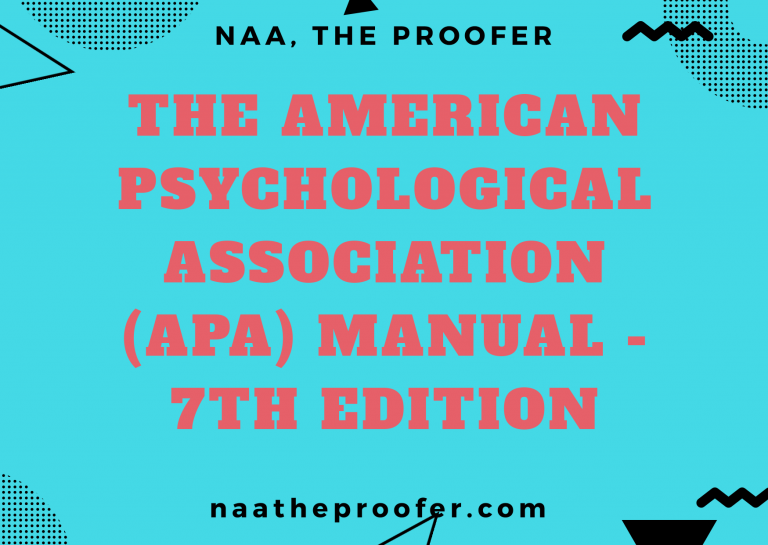RULES OF GRAMMATICAL CONCORD
In order to construct a coherent and meaningful sentence, subjects must agree in number with verbs. By agreeing, it means a plural subject must agree with a plural verb and vice versa. This post presents the various grammatical rules that summarise the topic quite effectively. Although a lot of the rules seem quite concise, there are exceptions that can make the concept a bit difficult to grasp. The best way to be on top of your game is to develop a genuine habit of reading. It may sound cliché, but indeed, reading improves your command over a language.
RULE 1: Two subjects connected by the conjunction, ‘and’ work as a plural subject and so agree with the plural form of the verb.
My mother and her sister are coming over.
Elyse and her friends want to go to the park.
RULE 2: When two singular nouns connected by ‘and’ refer to the same person or item, the verb used is always singular.
My lecturer and mentor at college was young.
NB: If these two happen to be two different individuals, two articles should be used. The sentence above becomes:
My lecturer and my mentor at college were young.
RULE 3: Two subjects connected by ‘either or’ or ‘neither nor’ should be treated individually. This means, the verb should agree in person and number with the noun nearest to it (the verb).
Either my sisters or Ada is representing the family.
Neither your dog nor your cats are nice to strangers.
NOTE: If ‘either’ and ‘neither’ are used as pronouns (i.e. ‘either of’/’neither of’), they are treated as singular subjects and always agree with the singular verb. Either of the venues is fine for the conference.
RULE 4: Sentences that have indefinite pronouns (everyone, each one, someone, somebody, no one, nobody, anyone, anybody etc.) as their subjects always agree with singular verbs.
Everybody in there is greedy.
Someone needs to save the world.
In summary, the grammatical structures below always agree with single verbs.
Any + singular noun
Each + singular noun
No + singular noun
Every + singular noun
NOTE: 1. This rule does not apply to both, many, several, all, some, few.
2. Either and neither are singular if they are not used with or and nor.
RULE 5: When a sentence begins with ‘here’ or ‘there’, the subject comes after the verb. Hence the structure becomes:
Here/There + verb + subject
There goes the most brilliant student in the college.
Here is the guest speaker for this event.
There are some cockroaches in the basement.
Here come the bridesmaids.
RULE 6: When a sentence contains connectives/appositives like along with, together with, as well as, accompanied by etc., the verb agrees with the subject mentioned first.
The cashier, accompanied by his supervisor and the manager, carries the wooden box.
(‘The Cashier’ is the subject of the sentence.)
Nii, along with his brothers, is going to the beach.
(By this rule, ‘Nii’ is the subject of the sentence.)
NOTE: Replacing these expressions by ‘and’ changes the subjects to plural and so the verbs should be plural.
RULE 7: When a part or a percentage of something is expressed in a sentence, the meaning determines which verb should be used. If the part/percentage being expressed is done with a plural meaning, the plural verb is used. The reverse is also true.
Ten percent of the population are living in abject poverty.
Fifty of every 100 teachers are dedicated.
RULE 8: When the subject and the verb are separated by a prepositional phrase, the verb is not affected by the prepositional phrase.
A clay pot manufactured by the nomads in the tropical regions represents the various cultures of the people who live in such regions.
The sixth sense of majority of people is quite strong.
The love for God and Christian studies spurs Kojo on through seminary school.
RULE 9: Subject-verb agreement with the expressions “A number of” and “The number of” operate in different ways.
‘A number of’ + countable noun is always counted as plural and should agree with the plural form of the verb.
‘The number of’ + countable noun is always singular and should agree with singular verbs.
A number of albums have stayed on the charts for a while.
The number of people I see hiking is shocking.
RULE 10: When the subject is a unit of measurement or time, the singular verb form is always used.
Two litres of water was needed for the content to be neutralised.
Four weeks is a short time to know someone.
RULE 11: When the subject of the sentence is a gerund or an infinitive, the singular form verb is always used.
Praying is a good self-development exercise.
To forgive is divine.
RULE 12: When the + an adjective is used as the subject of a sentence it is considered plural. Therefore, it should always agree with the plural verb form.
The ambitious always achieve their goals.
The blessed are God’s chosen.
RULE 13: When any of ‘few, many, several, both, all, some’ is used with a countable noun, the verb is plural.
Some students know what they are about.
In the same vein, when any of ‘few, many, several, both, all, some’ is used with an uncountable noun, the verb is singular.
Some juice is needed.
RULE 14: When used alone, ‘none’ is a singular subject. However, when it is used with a prepositional phrase starting with of, it can act as a singular subject or a plural subject.
None + singular verb
None is correct.
None + of the + singular noun + singular verb
None of that is correct.
None + of the + plural noun + plural verb
None of those are correct.
RULE 15: When ‘no’ is used with a plural noun as the subject of a sentence, the plural verb form is always used.
No bottles have been broken.
RULE 16: Collective nouns are usually singular in number. They tend to agree with singular verb forms.
The audience is ecstatic about the performance.
The family visits the home on weekends
A pack of wolves targets smaller animals at night.
RULE 17: Certain nouns are always used in the plural sense; hence, they agree with the plural verb form.
The police are after him.
My eyeglasses need an upgrade.
Your trousers have been washed.
RULE 18: Nouns preceded by the phrase ‘a pair of’ are always regarded as singular subjects and agree with the singular verb form.
A pair of scissors is an essential commodity for this job.
A pair of glasses is all he needs.
RULE 19: When noun and pronoun subjects like “some,” “half,” “none,” “more,” or “all” are followed by a prepositional phrase, the number of the object of the preposition determines the form of the verb.
All of the steak is gone.
All of the steaks are gone.
RULE 20: Titles of movies, academic publications, books, movies, novels, and other similar works are considered singular and always take the singular verb form.
Game of Thrones is great TV!
Roots has been topping the charts since its release.


